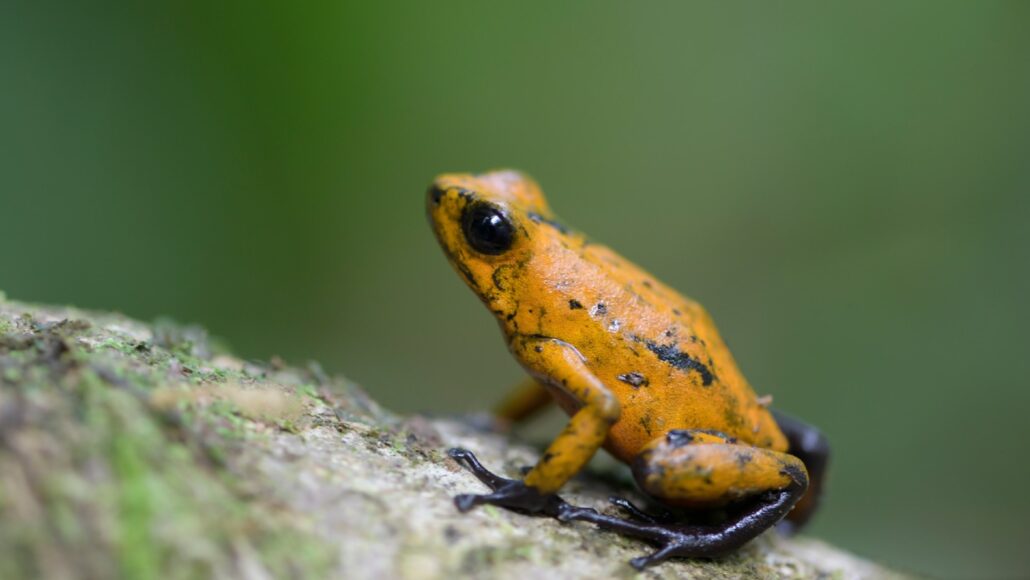
Animals
At last: How poison dart frogs ship defense toxins to their skin
A liver protein appears to help the amphibians collect and move toxins from their food to their skin. Those toxins can defend the frogs from predators.
Come explore with us!

A liver protein appears to help the amphibians collect and move toxins from their food to their skin. Those toxins can defend the frogs from predators.

Your dog is wagging its tail. That must mean it’s happy, right? Maybe not. Scientists know less about what’s behind this behavior than you might think.
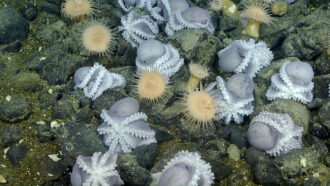
Underwater cameras and other instruments investigated why so many pearl octopuses gather here to mate and nest.
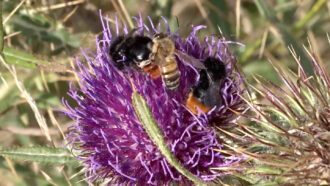
Observations of honeybee pollen theft from bumblebees suggest it may be a crime of convenience, based on ease of access to the prized food.

Most cats that play fetch pick up the behavior on their own, a study finds. And those felines tend to dictate when fetching sessions begin and end.
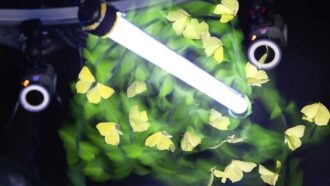
Flying insects may use light to figure out where the sky is. But artificial lights can send them veering off course, high-speed video suggests.
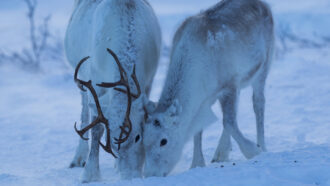
Brain waves and behaviors suggest that reindeer can doze while chewing.
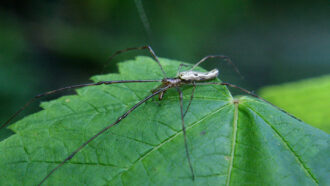
When elongate stilt spiders fall into water, they head for areas that don’t reflect light, studies show. This cue appears to signal dry land.
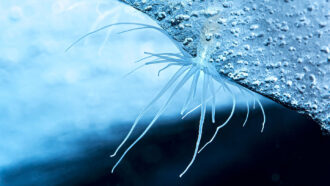
A vast swath of ocean surrounds Antarctica, hidden under the ice. Here, strange creatures burrow into the dark underbelly of a floating glacier.

One birdwatcher unpacks the personal and scientific rewards of birding, and how to get started.